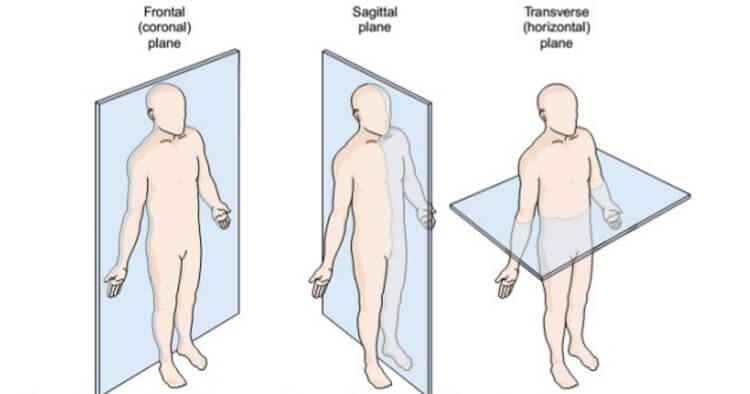Treatment Modalities and Aids
Anatomical Movement Terms Used In Physiotherapy
Referencing Movement Terms For Anatomical Accuracy
In physiotherapy assessment, treatment and exercise prescription movement is required, acts of movement are considered to be a mixture or a single contribution of the following movement terms. The use of specific anatomical movement terms helps to create accurate documentation with out ambiguity. The movement terms listed below you may hear used at some point during any physiotherapy session.
Some Simple Movement Terms Used In Physiotherapy
- Flexion – The movement of flexion is where there is a reduction in the angle between bones or parts of the body. This term applies only to movement along the sagittal plane. For example when lifting an apple towards your mouth your elbow joint is undergoing flexion.
- Extension – Is the opposite of flexion. Extension is where there is an increase in the angle between bones or parts of the body. Again this term applies only to movement along the sagittal plane. For example when you straighten out your knee that movement is referred to as extension.
- Adduction – Is where there is a reduction in the angle between bones or parts of the body. This term only applies to movement along the coronal plane. For example adduction of a limb is the movement of the arm or leg toward the midline of your body. To adduct your leg is to move it from the “splits position” to a the anatomical position.
- Abduction – Is the opposite of adduction. Abduction is where there is an increase in the angle between bones or parts of the body. Movement of the arm or leg away from the midline of the body. As with adduction this term only applies to movement along the coronal plane. For example abduction is where extending arms outwards away from your body as if to move to flap your arms to fly.
Anatomical Planes of the Body
Anatomically the body is divided up into planes, as with both anatomical and movement terms the knowledge of the planes of the body can come in handy in understanding what your practitioner is referring to when discussing injury, movement or exercises. The main planes of the body are:
- Sagittal – The sagittal plane is the plane that runs down through the body, dividing the body into left and right.
- Frontal – The frontal plane also referred to as the coronal plane runs perpendicular to the sagittal plane. The frontal plane divides the body vertically into anterior and posterior (front and back) portions.
- Transverse – The transverse plane, also referred to as the horizontal plane divides the body into upper and lower portions. Basically cutting the body in half at the belly button.
Disclaimer: Sydney Physio Clinic provides this information as an educational service and is not intended to serve as medical advice. Anyone seeking specific advice or assistance on Anatomical Movement Terms Used In Physiotherapy should consult his or her physiotherapist, general practitioner or otherwise appropriately skilled practitioner.


